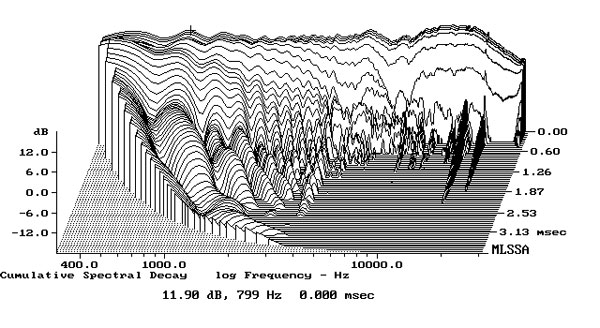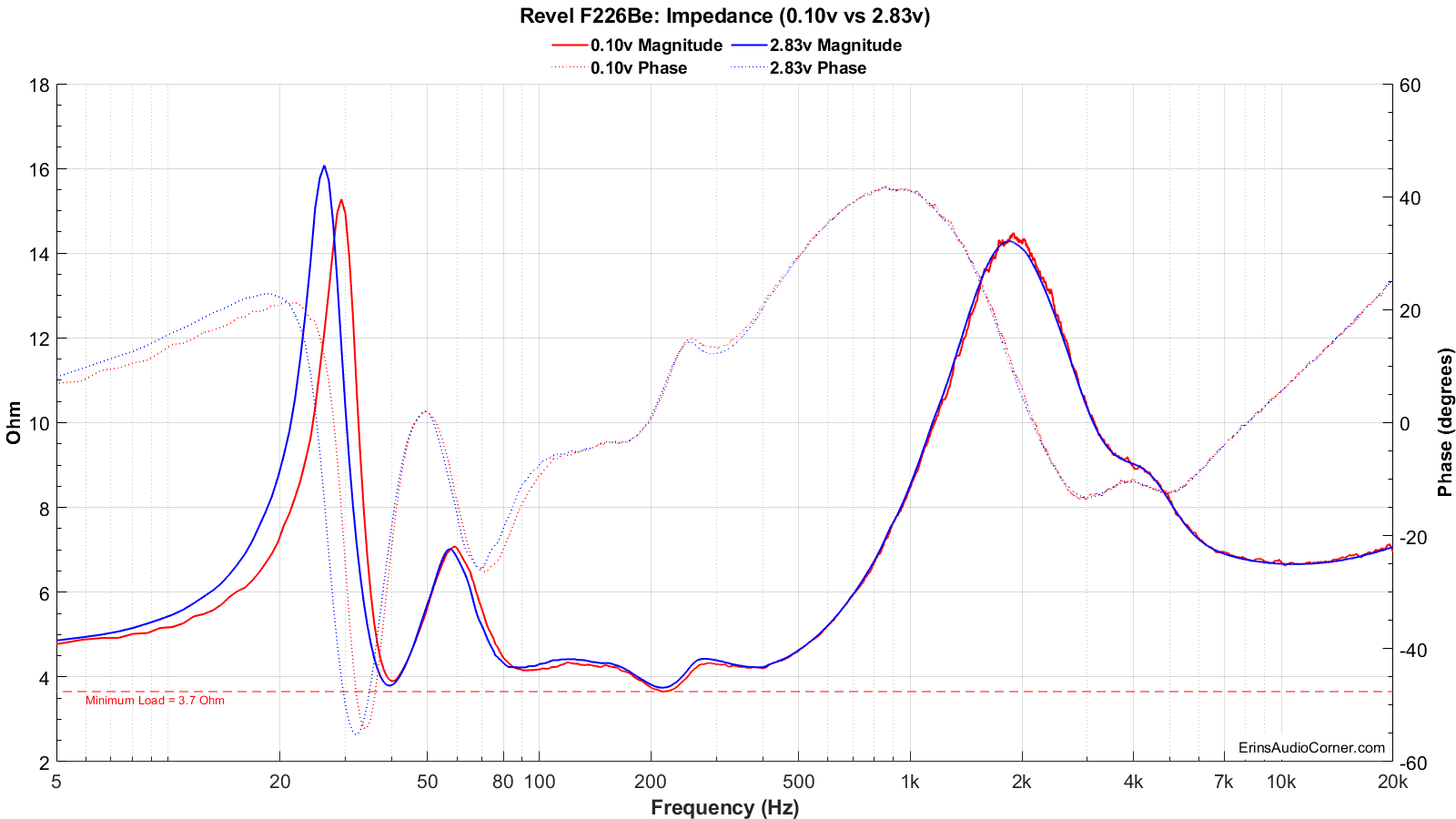Any idea as to the cause of the vertical asymmetry?
If the speaker is not symmetrical in the vertical direction, the radiation in the vertical direction isn't symmetrical - this is quite normal.
The tweeter and also the midrange driver are located in the upper part of the baffle, so there is hardly any baffle at the top, but a lot of baffle at the bottom.
This leads to different edge diffraction and baffle interference and thus to different vertical angular frequency responses above and below the measurement axis.
Above the measurement axis of the tweeter there is only a small baffle, so there is a widening of the radiation there, because below the measurement axis of the tweeter the baffle prevents free sound radiation - (and if the measurement axis is between the tweeter and the midrange driver, the distance from the tweeter to the measurement microphone is minimal).
Below the measurement axis, the distance of the midrange and woofer to the measurement microphone is minimal and the angle of the drivers to the measurement microphone is optimal, therefore the sound pressure is slightly higher than above the measurement axis. Therefore the sound radiation in the low frequency range widens towards the bottom.
Conversely, above the measurement axis, the distance of the woofers to the measurement microphone is at a maximum and the measurement angle to the microphone is unfavorable. Therefore the sound pressure level is lower.
In addition there are all kinds of interferences due to phase shifts.



